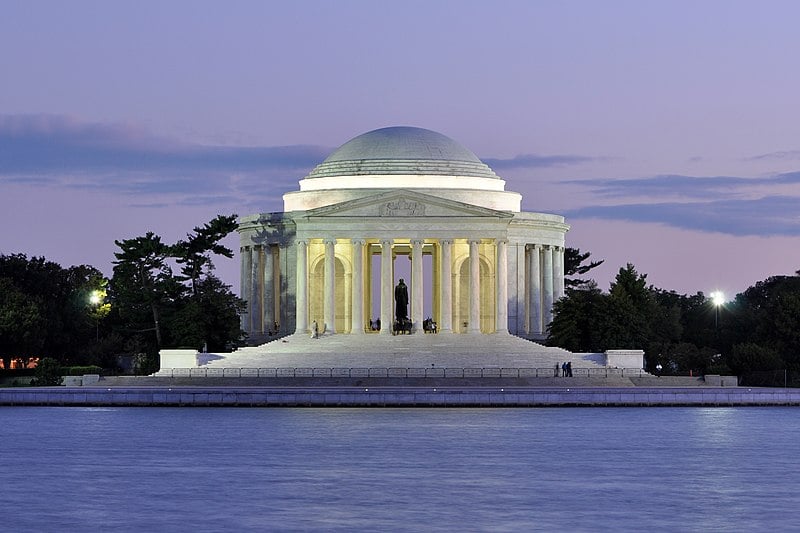
In the eighteenth century, the United States was a newly born country after winning its independence from the British. Benjamin Franklin, who wanted US architecture to reflect the spirit of the United States, was inspired by his time spent as America’s first ambassador in Paris.
Franklin left Paris in 1785, and Thomas Jefferson became America’s new ambassador to France. The rich, aesthetic experience there also left its mark on him, and he became another American leader who was influenced by French design and the Philhellenic spirit that was consuming the French capital city.
When Jefferson returned to the United States, he realized that there was not much cultural difference between American colonists and the English people. Both shared a language and a religion, but Jefferson wanted to take the burgeoning country into a new direction, so that they could forge a distinct identity for themselves as Americans.
US Architecture deeply inspired by Greece
The Jefferson Memorial
Jefferson made the new American architecture his artistic declaration of independence—and what better way to show freedom than by stepping back in time to the spirit of Ancient Greece.
This aesthetic choice also had a conceptual resonance, as the philosophical tenets of American independence were built on ideas originating from Ancient Greece.
As author Tom Jewett pointed out: “Thomas Jefferson admired many aspects of the ancient Greeks; he could read and speak the language. He agreed with many of their precepts, such as the Greek idea that man is measure of all things.
United States Capitol Building
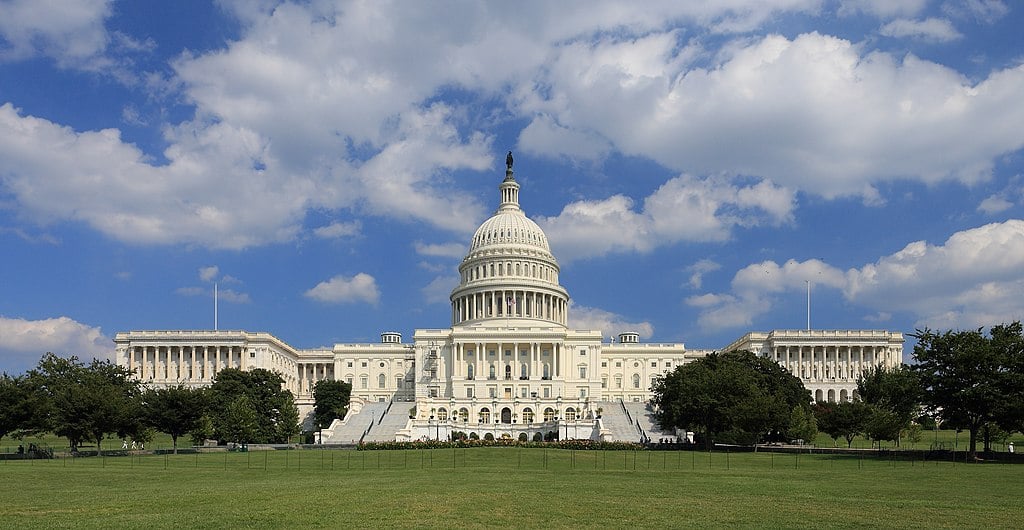
It is said that “This was the groundwork for his belief in humanism, which recognized no barriers to the use of the mind, and which sought to make all knowledge useful to man. Jefferson particularly admired the Greeks’ idea with respect to man’s relationship to himself.”
Much like all other decussated people of the time in the Western world, Jewett says, “Jefferson was also influenced by the Greek philosophies of Epicures and the Stoics [and he] believed as Epicures that happiness was humanity’s main goal and it could be attained through moral and noble actions.”
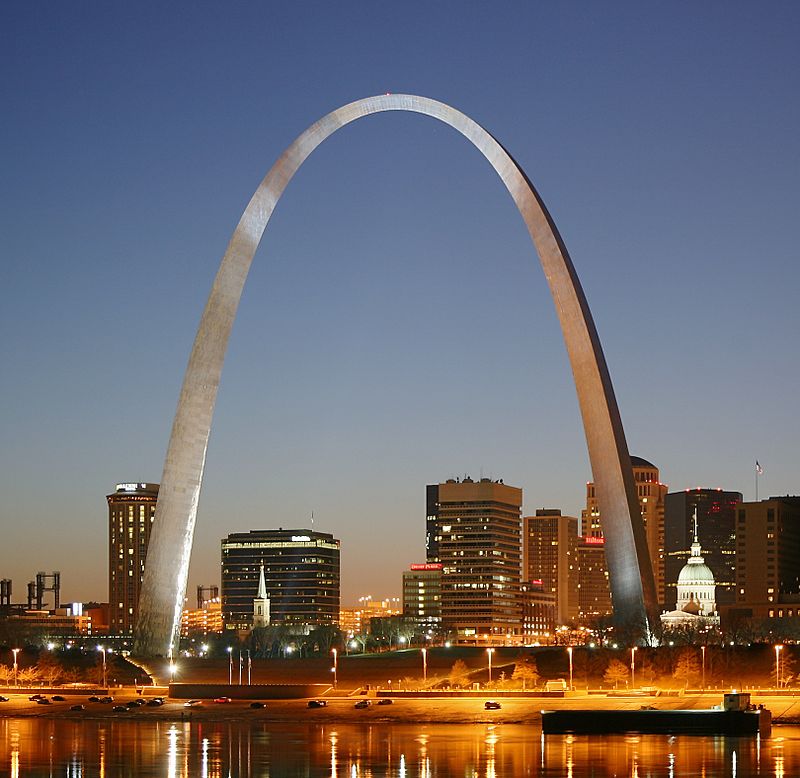
Jefferson is said to have been inspired by the mathematics of Ancient Greece which was quite precise in nature. He supported a novel type of architecture for the young country that came to be known as Jeffersonian architecture, a style that was reflective of the Greek spirit in its aesthetics.
Saint Louis Gateway Arch
Originally referred to as the Jefferson National Expansion Memorial located in Saint Louis, Missouri but now known as the “Gateway to the West,” this recalls the city’s storied past as the setting out point for the Lewis and Clark expedition, which mapped the western United States just after the territory was purchased from the French as the Louisiana Purchase.
Library of Congress’ Thomas Jefferson Building

The Library of Congress’s Thomas Jefferson Building is the oldest of it’s buildings, built between 1890 to 1897. The Library of Congress felt it needed to expand in order to store its growing collection of seminal American artifacts and artistic texts. When the Copyright Law of 1870 was introduced, those seeking copyright protections for their work were required to send two copies to the library, creating a need for more space.
Mural depicting the muse Melpomene, Library of Congress
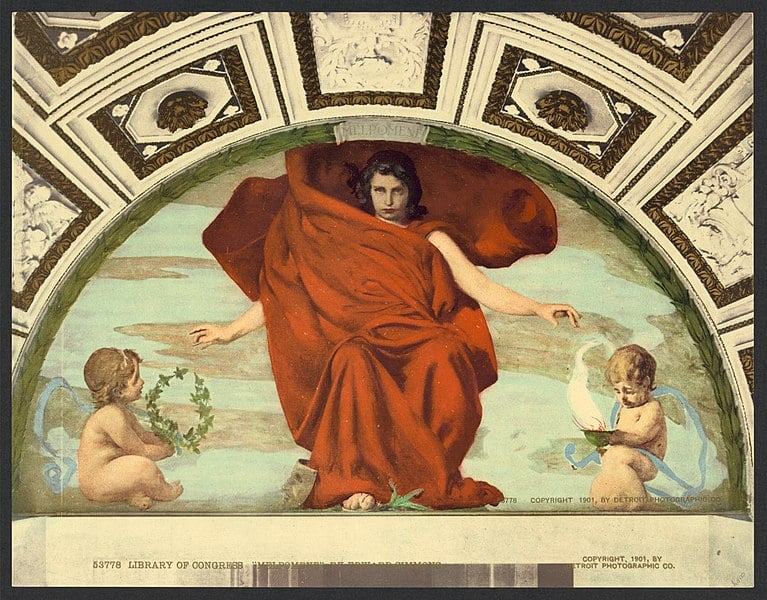
The Library of Congress is replete with paintings and imagery that directly reference Ancient Greece and depict figures from Ancient Greek mythology. A highlight of the building is its murals depicting the Muses. The muses were goddesses who embodied the qualities of forms of great artworks, music, and literature. Pictured above is the library’s mural of Melpomene, the muse of singing, dancing, and tragedy.
Great Hall in Thomas Jefferson Building, Library of Congress
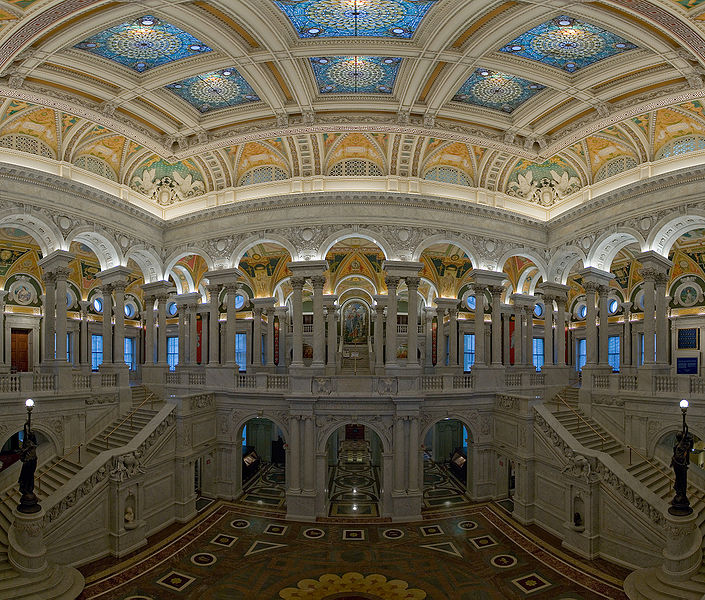
The Great Hall of the Library of Congress flaunts the highly aestheticized interior design of the Library of Congress with elaborate murals lining the ceilings, sculptures, and reliefs of Greek gods and classical columns supporting its second floor. The Great Hall showcases the more florid aesthetic inspiration American architecture adopted from Greece.
See all the latest news from Greece and the world at Greekreporter.com. Contact our newsroom to report an update or send your story, photos and videos. Follow GR on Google News and subscribe here to our daily email!



